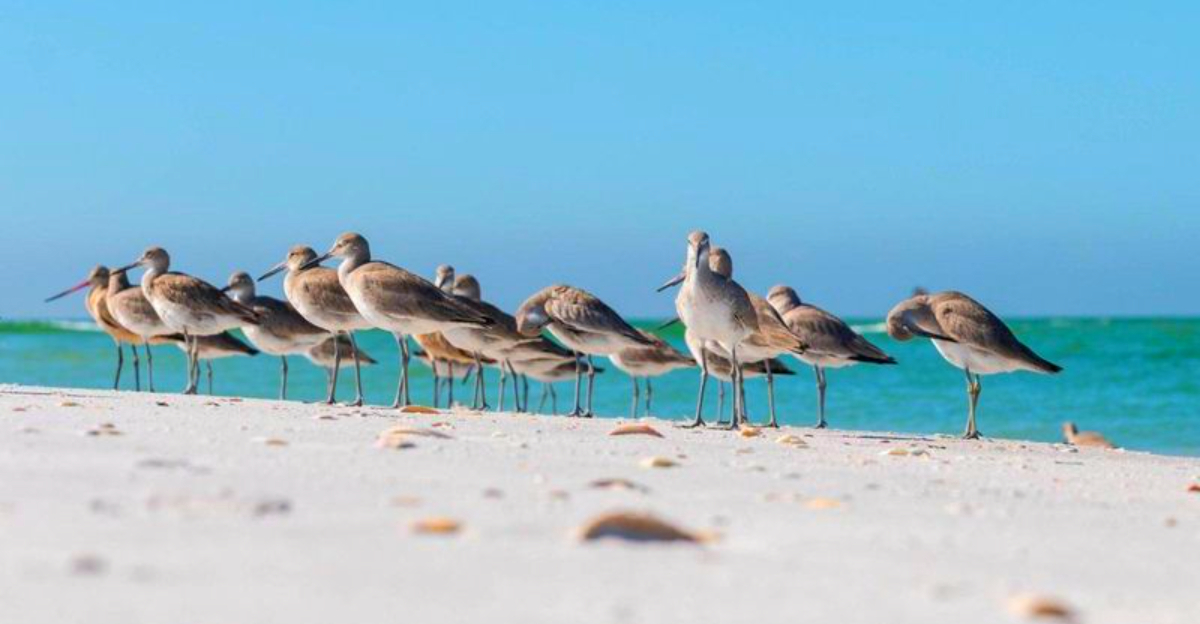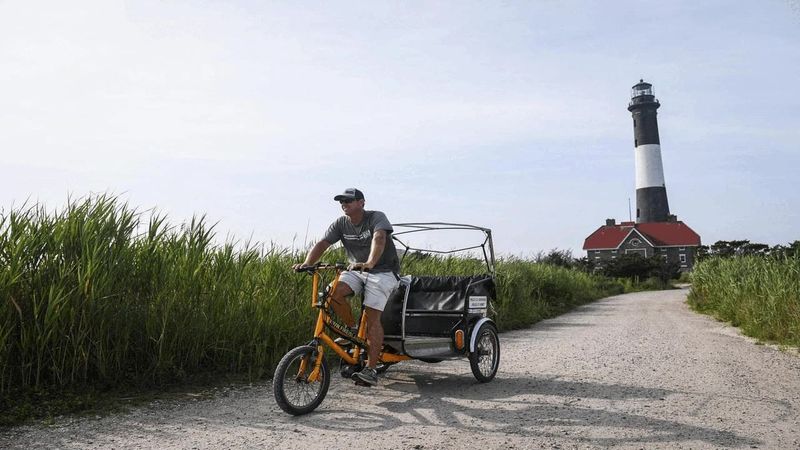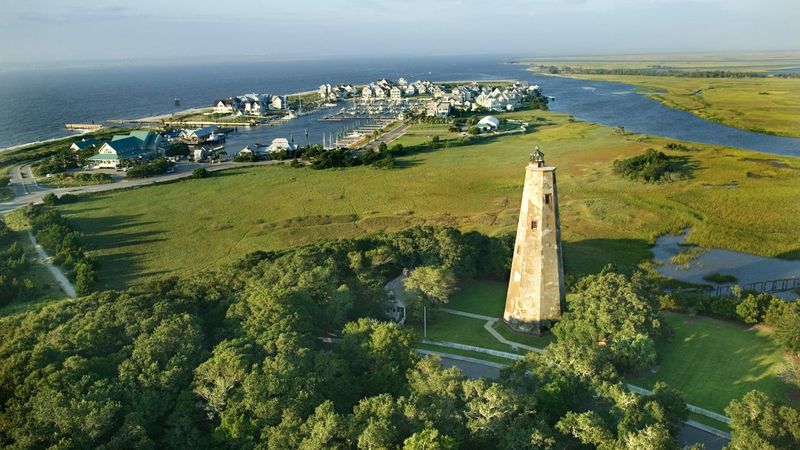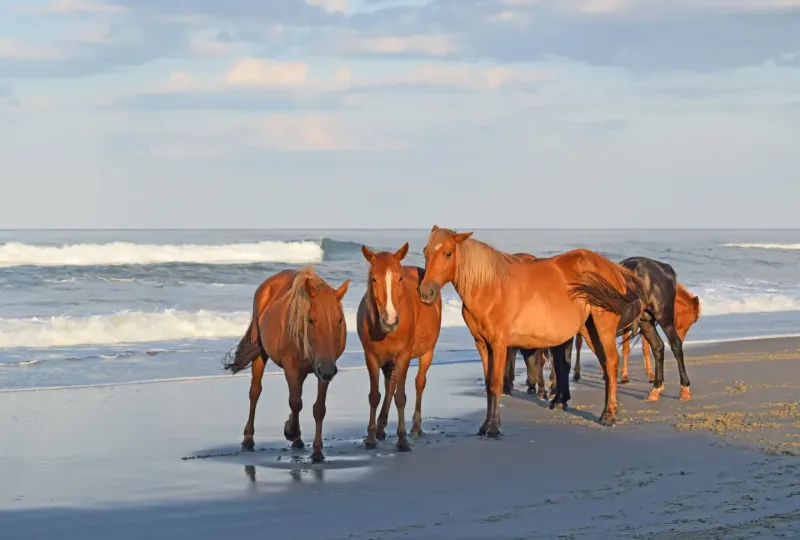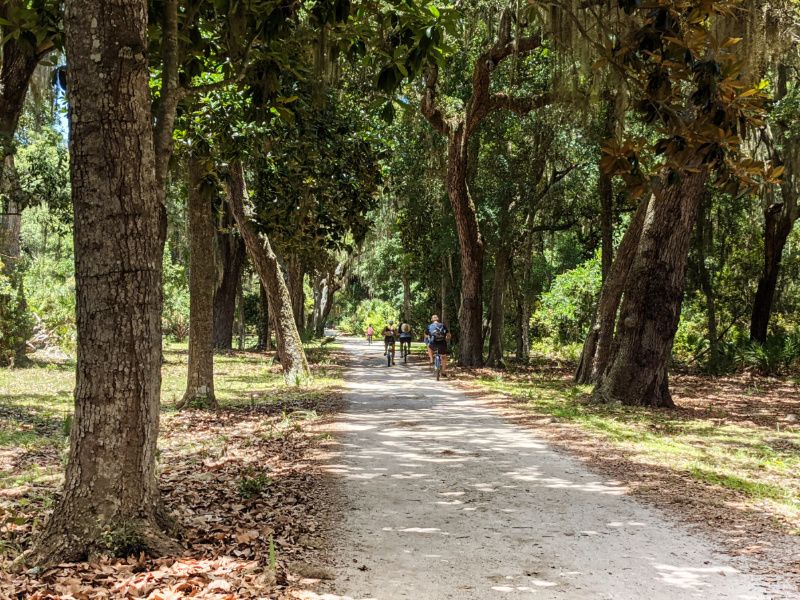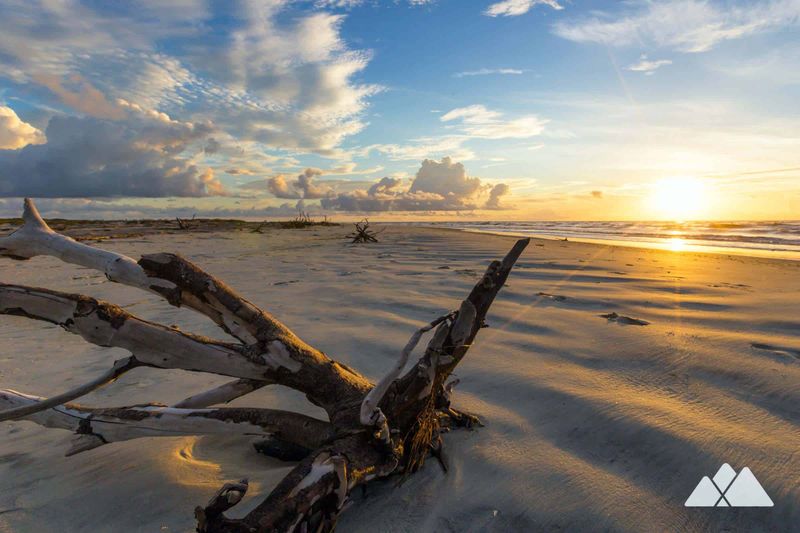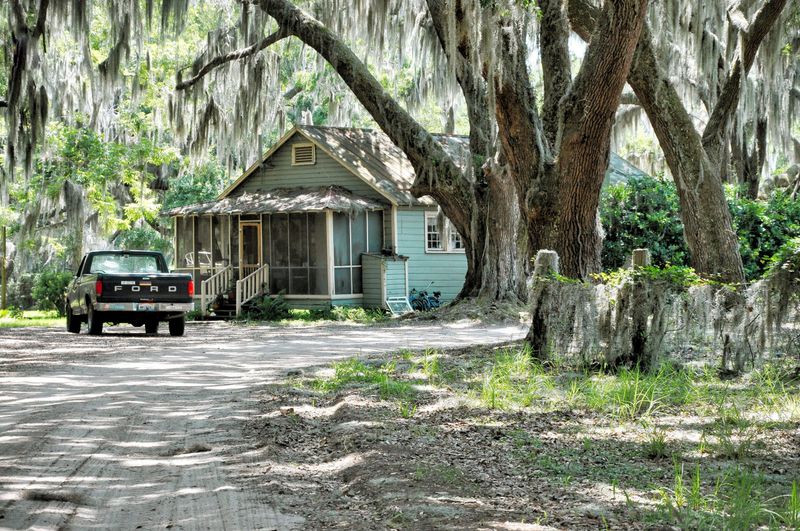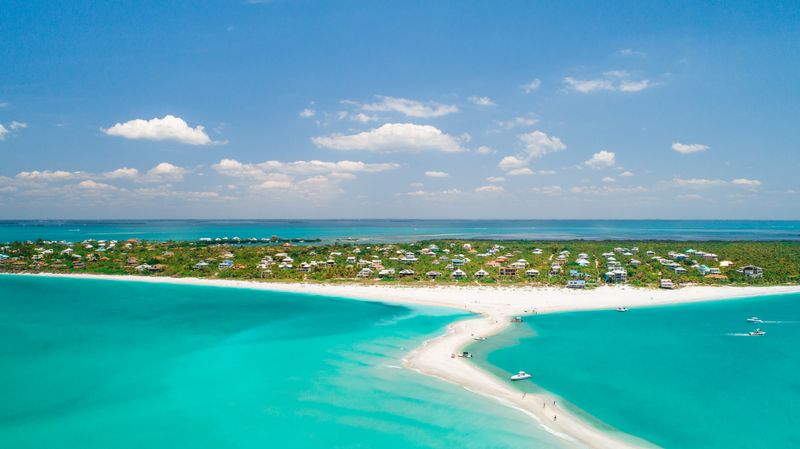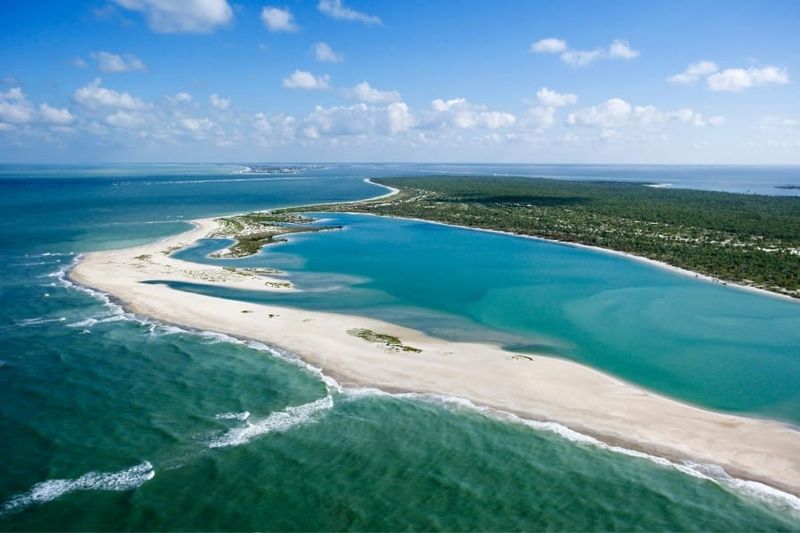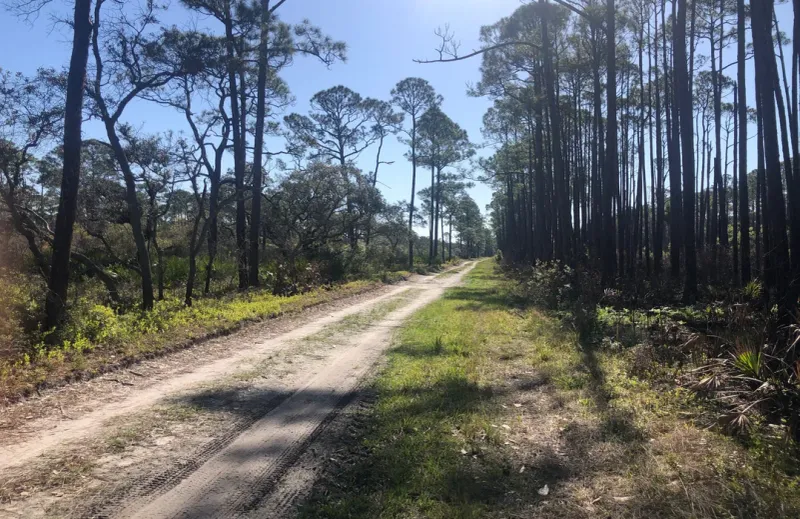Ever dreamed of a vacation spot where traffic jams don’t exist? Barrier islands offer peaceful getaways where bikes replace cars as the main transportation. These natural coastal treasures provide a perfect mix of scenic beauty and car-free relaxation. Pack your sunscreen and prepare to pedal through these ten amazing barrier islands where bikes rule the road!
1. Fire Island, New York
Fire Island’s string of walkable communities embraces the car-free lifestyle completely, creating a refreshing escape from mainland hustle.
Locals and visitors alike navigate the sandy paths on bikes, pulling beach gear in colorful wagons. Each village has its own personality and bike rules – Ocean Beach restricts cycling on certain boardwalks during peak times.
The absence of cars creates a magical atmosphere where children play freely and stargazing happens without light pollution. When your feet touch Fire Island’s shores, you’ll understand why generations of New Yorkers have treasured this accessible yet otherworldly retreat.
2. Bald Head Island, North Carolina
Golf carts hum quietly along tree-lined paths while cyclists cruise past maritime forests on this North Carolina gem. Bald Head Island’s commitment to slow-living shines through its ban on passenger cars, creating a paradise where time genuinely slows down.
The island’s 14 miles of beaches remain uncrowded even in summer. Visitors arrive via a charming 20-minute ferry ride from Southport, leaving behind mainland stresses with their parked cars.
Rent a beach cruiser to explore salt marshes, maritime forests, and the island’s iconic lighthouse, “Old Baldy.” The lack of traffic noise makes wildlife spotting easier – keep eyes peeled for nesting sea turtles in summer months!
3. Shackleford Banks, North Carolina
Wild horses roam freely across windswept dunes on this undeveloped barrier island jewel. Shackleford Banks offers an untamed coastal experience – no paved roads, no buildings, just nine miles of pristine beach wilderness within Cape Lookout National Seashore.
Bring your bike aboard the passenger ferry from Harkers Island or Beaufort for an unforgettable day of fat-tire cycling along packed sand. The famous Shackleford ponies – descendants of Spanish mustangs from shipwrecks centuries ago – often graze near the shore.
Shell collectors treasure this island for its abundance of perfect specimens. Pack everything you’ll need for the day, as amenities don’t exist on this natural sanctuary where wild beauty remains perfectly preserved.
4. Cumberland Island, Georgia
Spanish moss drapes ancient live oaks creating natural tunnels perfect for cycling adventures on Georgia’s largest barrier island. Cumberland Island combines fascinating history with raw natural beauty – Carnegie family ruins stand alongside maritime forests teeming with wildlife.
The passenger ferry from St. Marys delivers visitors (and their bikes, with advance reservations) to this car-free paradise. Pedaling the island’s main dirt road reveals wild horses grazing in salt marshes and armadillos scurrying across your path.
Bring binoculars! Cumberland’s beaches serve as critical nesting habitat for endangered loggerhead sea turtles. The island’s 17.5-mile length means serious cyclists can explore extensively, though rentals aren’t available – plan to bring your own bike.
5. Little St. Simons Island, Georgia
Exclusivity meets eco-paradise on this privately-owned island where guest numbers never exceed 32. Little St. Simons offers an intimate nature retreat where bikes provide the perfect low-impact way to explore seven miles of pristine beaches and ancient maritime forests.
Naturalist-guided cycling tours reveal the island’s remarkable biodiversity – from rare birds to alligators lounging in freshwater ponds. The all-inclusive Lodge provides bicycles for guests, eliminating the need to bring your own.
Evening rides often yield spectacular wildlife sightings as deer emerge from the forest. With over 11,000 acres and such limited human presence, cyclists often feel they’ve discovered their own private island wilderness, making memories impossible to replicate elsewhere.
6. Sapelo Island, Georgia
Heritage and habitat blend seamlessly on Sapelo Island, where Gullah-Geechee culture thrives alongside protected coastal ecosystems. The island’s limited access creates an authentic experience far removed from typical tourist destinations.
Cycling provides the perfect way to connect with Sapelo’s unique character. Bring your bike aboard the state-run ferry from Meridian dock for self-guided exploration or join guided tours that reveal hidden island treasures.
Pedal through Hog Hammock, one of the last intact Gullah-Geechee communities in America, where descendants of enslaved people maintain distinctive cultural traditions. Don’t miss Reynolds Mansion, an architectural marvel built by tobacco heir R.J. Reynolds, or the pristine beaches where loggerhead turtles nest undisturbed.
7. North Captiva Island, Florida
Powdery white beaches stretch for miles on this secluded Florida paradise where cars simply don’t exist. North Captiva Island preserves the laid-back charm of old Florida through its network of sandy lanes perfect for beach cruisers and fat-tire bikes.
Accessible only by boat or seaplane, this narrow island offers a genuine escape from mainland crowds. Cyclists enjoy peaceful rides between the Gulf of Mexico and Pine Island Sound, often spotting dolphins playing offshore.
Solar-powered homes tucked among native vegetation maintain the island’s commitment to sustainability. The absence of streetlights creates spectacular stargazing opportunities after sunset bike rides. For those seeking Florida’s natural beauty without high-rise developments or traffic, North Captiva delivers pure magic.
8. Cayo Costa State Park, Florida
Rugged adventure awaits cyclists on this undeveloped barrier island state park with nine miles of pristine beaches. Cayo Costa remains one of Florida’s best-kept secrets – a wild coastal landscape accessible only by boat, where shelling rivals world-famous Sanibel Island.
Fat-tire bikes navigate the island’s sandy trails, connecting primitive campsites to secluded beaches. Bring your bike aboard the ferry from Pine Island or Punta Gorda for day trips or overnight camping adventures.
Manatees often frequent the bayside waters while osprey nest in Australian pines. The island’s limited facilities (basic cabins, primitive campsites) ensure a genuine wilderness experience. Pedaling through Cayo Costa’s unspoiled landscape offers a glimpse of Florida’s coastline as it existed centuries ago.
9. St. Vincent Island, Florida
Red wolves and sambar deer roam freely across this wild national wildlife refuge where bicycles provide the ideal transportation. St. Vincent Island stretches across 12,490 acres of undeveloped wilderness, offering adventurous cyclists an extraordinary opportunity to explore pristine Florida ecosystems.
Bring your bike aboard the shuttle boat from Indian Pass to access the island’s network of sandy roads and trails. Cycling through pine flatwoods, freshwater lakes, and salt marshes reveals the incredible biodiversity that thrives without human development.
Binoculars are essential – over 300 bird species have been recorded here! Pack plenty of water and supplies, as no services exist on the island. For experienced cyclists seeking solitude and wildlife encounters, St. Vincent provides an unforgettable wilderness cycling adventure.
10. Shell Key Preserve, Florida
Crystal-clear shallows and abundant birdlife characterize this uninhabited barrier island preserve near St. Petersburg. Shell Key offers a day-trip cycling adventure where fat-tire bikes can navigate the compact sand along the island’s perimeter.
Kayakers and boaters frequently bring collapsible bikes to explore this pristine island. The preserve’s status ensures development will never change its natural character – no buildings, roads or facilities exist here.
Snorkelers enjoy the clear waters while birders marvel at nesting colonies of royal terns and black skimmers. The island’s horseshoe shape creates a protected lagoon perfect for swimming. Shell Key represents barrier island ecology at its most pristine, providing cyclists a rare chance to pedal through a completely undeveloped coastal ecosystem.
